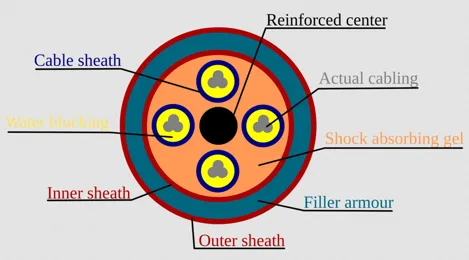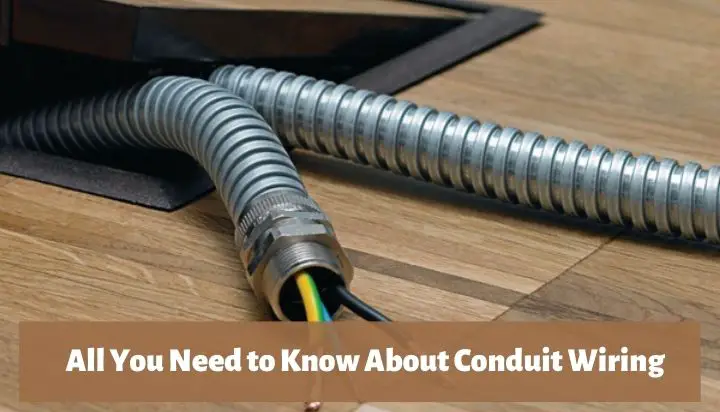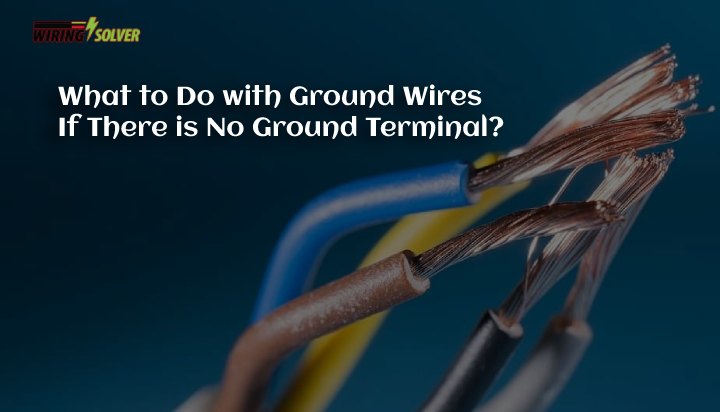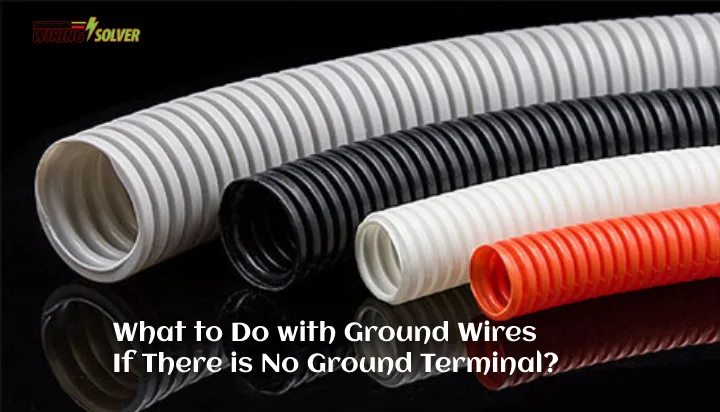Most of us are associated with electrical wires running within our walls. But it is very common for them to run underground. You might be wondering what type of wire can be buried underground.
Direct-burial rated wires are specifically designed to be used underground. They can be either used with or without a conduit. While it is not mandatory to use a conduit, it can provide an extra layer of protection.
Read the entire article to know more about what kind of electrical wire can be buried underground as well as when and why you should choose them.
What Is a Direct-Burial Rated Cable?
A direct-burial cable is built with the sole purpose of outdoor use in mind. They can be used underground with or without a conduit. These cables are engineered so that they can withstand environmental factors.

They can outlast other types of outdoor cables. They also have to pass several tests for water absorption and crush resistance. As well as being resilient to the effects of moisture and dirt.
Additionally, they are made to tolerate the impacts of various temperatures. Some direct burial cables have protection added to them to keep rats away. The usage of direct burial cables is permitted in damp, dry, and wet environments.
They are used for connecting the inside circuitry to the outside through the ground. For applications such as sprinkler systems, outdoor grills, and underground power cables. Sometimes they are a better alternative than running extension cables.
What Are the Different Types of Direct-Burial Cables?
There are several types of direct burial cables, such as USE/USE-2, UF-B, Copper Tracer, and Aluminum URD direct-burial cables. If you wanted to know what kind of electrical wire can be buried underground, these are some of the common ones.
USE/USE-2 Cables:
USE stands for underground service entrance. They are specifically used for underground power supply, mainly from transformers to households.
These cables have durable XLPE insulation that withstands harsh conditions and a conductor made of annealed soft bare copper.
UF-B Cables:
UF is short for an “underground feeder”. It can be used for both indoor and outdoor purposes. When used as a direct burial cable, it may link the home to an external power hub that is situated outdoors.
UF-B cables have a stranded bare copper conductor and a PVC insulation resistant to moisture, grease, and corrosion. These cables are also effectively shielded from sunlight.
Copper Tracer Cables:
Underground tracer cables are a type of tracer wire used for direct burial applications. Tracer cables are a single conductor wire laid alongside pipes during installation.
The insulations are high molecular weight polyethylene (HMWPE) that provides excellent abrasion, crush, chemical, oil, and moisture resistance. The insulation on the copper-coated wire offers superior resistance to abrasion, crush, chemicals, oil, and moisture.
Aluminum URD Cables:
URD is for “underground residential distribution”, which frankly speaks for itself. The cables have 1350-H19 series compressed aluminum conductors and XLPE insulation, which is proven to be the best when it comes to underground use.
These cables are used in direct burial electrical power distribution when secondary power distribution circuits are required. They come in several variations as well.
What Are the Regulations for Direct-Burial Cables?
There are several regulations that a direct-burial cable is subjected to. But most of it varies from region to region. However, there is a common NEC code with regulations for underground electrical wires.
NEC 300.5 Underground Wiring
- As per the rules of this code, the depth requirements for buried electrical cable have to be met. UF cables can be directly buried without conduit with a minimum of 24 inches of earth cover.
- When wiring is installed at dwellings in approved non-metallic raceways, the minimum cover can be reduced to 18 inches.
- Cables carrying voltage below 30 volts must be buried at least 6 inches deep.
You are also legally required to call 811 at least three days before you wish to proceed with any step of the operation. It is known as the “Call Before You Dig” hotline.
All local utility companies will be informed by the hotline staff. A representative from the company will come to your property if their line runs through yours. His task is to mark the lines on the ground to provide you with a guideline.
Power tools may be used up to 24 inches away from designated lines, but hand shovels must be used when digging within 24 inches of a marked line on either side. You should also know how deep to bury an electrical conduit.
Summary
This article talks about direct-burial cables, their types, and NEC codes which you have to properly abide by when installing such cables. So any question you had regarding what kind of electrical wire can be buried underground should have been answered by now.
Digging is the main issue with these cables. To guarantee safe installation, direct-burial cables are subjected to several regulations. Always make sure to double-check local regulations and the maximum depth for direct-burial cables with your local authority.


![Myers Hub Vs Connector! [Key Differences]](https://wiringsolver.com/wp-content/uploads/2022/11/Differences-Between-a-Myers-Hub-and-a-Connector.jpg)

![Can You Run 120v And 480v In Same Conduit? [Explained]](https://wiringsolver.com/wp-content/uploads/2022/11/Can-120V-and-480V-be-Run-in-the-Same-Conduit.jpg)
![Why and When Is Myers Hub Required? [All You Need to Know]](https://wiringsolver.com/wp-content/uploads/2022/11/when-is-Myers-hub-required.jpg)
